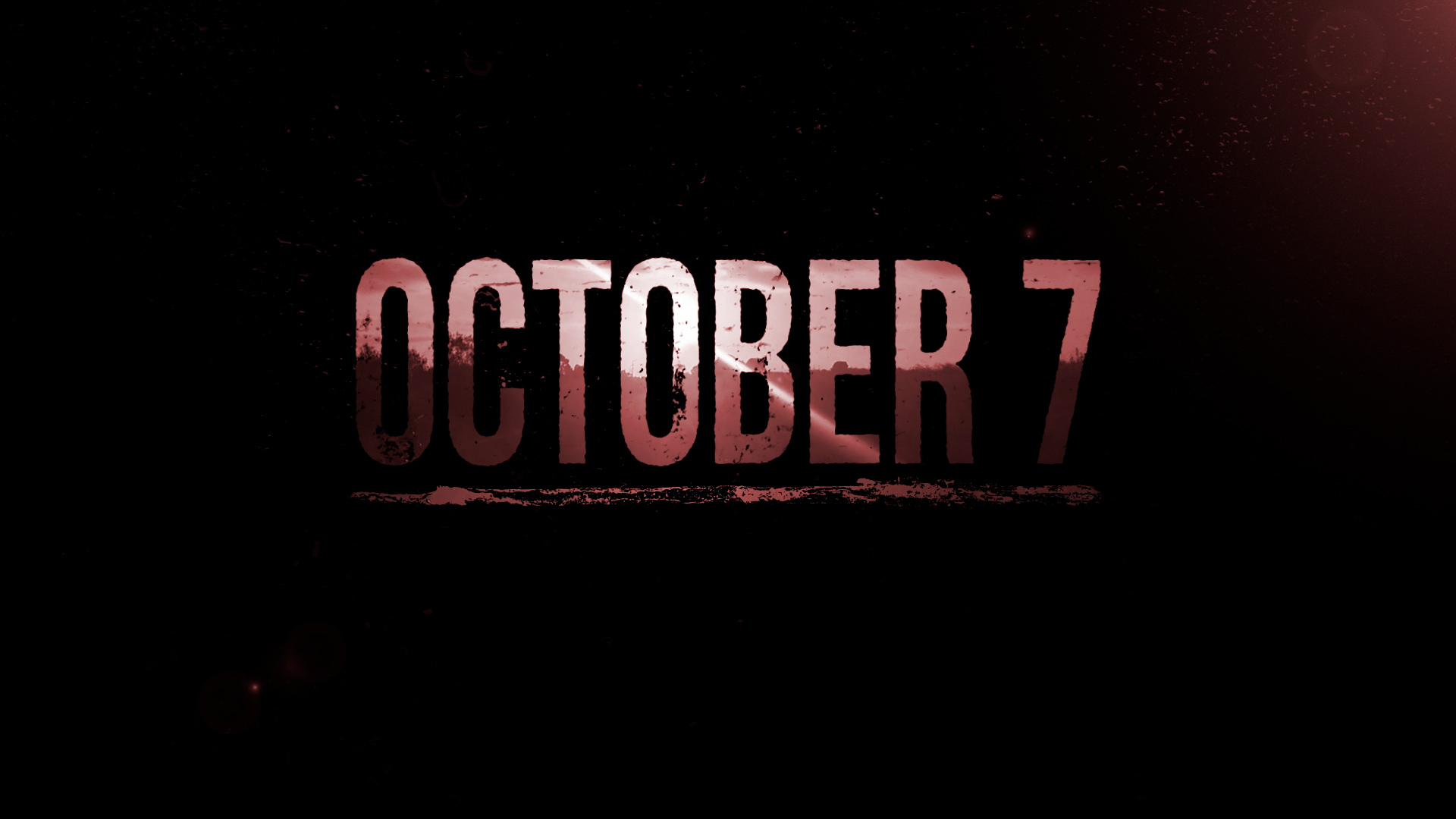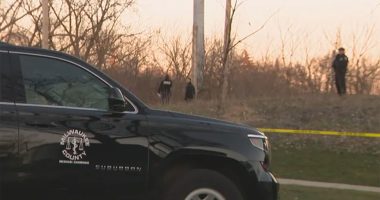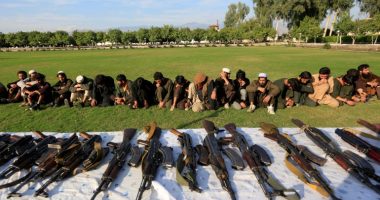
EXCLUSIVE
Investigation draws up a list of those killed in Hamas attack, but also finds certain claims repeated by Israeli politicians untrue.
Al Jazeera’s Investigative Unit (I-Unit) has carried out a forensic analysis of the events of October 7, when Hamas fighters launched an incursion into Israel that has transformed the politics of the Middle East.
October 7 reveals widespread human rights abuses by Hamas fighters and others who followed them through the fence from the Gaza Strip and draws up a comprehensive list of those killed.
But the investigation by the I-Unit, which examined hours of footage from CCTV, dashcams, personal phones and headcams of killed Hamas fighters, has also found that many of the stories that came out in the days following the attack were false.
These include claims of atrocities such as the mass killing and beheading of babies as well as allegations of widespread and systematic rape – stories that were used repeatedly by politicians in Israel and the West to justify the ferocity of the subsequent bombardment of the Gaza Strip, which has so far killed nearly 32,000 people.
‘Cannot tell whether they are gunmen or hostages’
After a thorough analysis of all available data, the I-Unit concluded that claims by the Israeli army that it found eight burned babies at a house in Kibbutz Be’eri were untrue. The analysis found that there were no babies in the house, and the 12 people inside were almost certainly killed by Israeli forces when they stormed the building.
This was one of a number of incidents where the police and army appear to have killed Israeli citizens. The I-Unit identified 19 such victims, but the true figure is likely to be higher. It also identified 27 captives who died between their homes and the Gaza fence in circumstances that have not been explained.
Gun camera footage from Israeli Apache helicopters shows numerous strikes on vehicles and individuals making their way back to Gaza.
“My concern with this footage is we cannot tell whether they are Hamas gunmen or …. hostages. And I don’t believe the helicopter pilot, or the machine gun operator would be able to tell either,” said Chris Cobb-Smith, a British army veteran and human rights researcher.
The film features an interview with Yossi Landau, the southern commander of Zaka, a volunteer organisation tasked with collecting bodies after the October 7 violence. The I-Unit confronts Landau with evidence that many of the stories of atrocities Zaka relayed to the media were highly questionable.
The I-Unit also examined claims that widespread sexual violence had occurred on October 7. It concluded that while isolated rapes may have taken place, there was insufficient evidence to support allegations that rape had been “widespread and systematic”.
“To show that it was widespread and systematic, we would need a lot more evidence than has come to light to date and a lot more corroborative evidence than is being put out there,” says Madeleine Rees, general secretary of the Women’s International League for Peace and Freedom.
Read More: World News | Entertainment News | Celeb News
Aljazera









